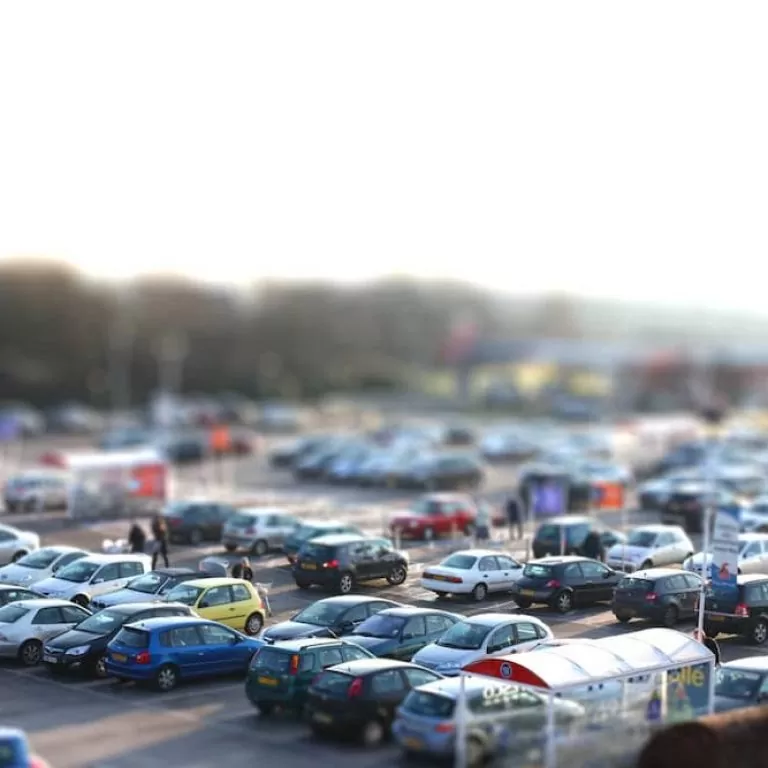
News Humans through time-lapse – part two
For the second in this series of human-interest video blogs, we take a closer look at how time-lapse photography can be used in order to show the more intricate processes of human development.
Unlike the more social-orientated selfies we explored in our previous blog, time-lapse can actually be an important scientific tool.
For biology in particular, the combination between photography and science can revolutionise the ways in which we are able to observe certain natural processes.
Popular videos and time-lapse edits often feature animals or the natural environment, but there is also a clear use for this photographic process in helping humans themselves.
Biological processes such as the fertilisation of an egg are not only fascinating to observe, but as this video shows, can also be instrumental in boosting the chances of a healthy pregnancy.
Using a sophisticated new microscope, fertility doctors are now able to monitor the fertilisation process for up to five days during the early stages of an egg’s development and therefore increasing the chances of successful implantations.
These remarkable time-lapse images capture the division of cells before the developing embryo is ready to implant into the womb.
And biology and the development of life of course means babies, so it’s only right that this next video takes a look at what happens to a little human in the early stages of their life.
‘A Year of Lex’ consists of one photograph each day for 365 days. With the printed date markers to emphasis the passage of time passing (not to mention the changes in coloured nappies) this time-lapse video offers an endearing account of the first year in a baby’s life.
Although not time-lapse in the most traditional sense, this final video documents an extraordinary project by video editor, Anthony Cerniello, whereby advances in post-production software are able mould images of a person so that they can convincingly replicate the process of ageing.
Using images of people with similar bone structure to the subject and processing this using animation software such as After Effects and 3D Studio Max, Cerniello carefully manipulates the most intricate details to replicate a human aging with the most realistic results as possible.
As Cerniello says, “I attempted to create a person in order to emulate the aging process.
“The idea was that something is happening … you can’t see it but you can feel it, like aging itself.”
These are three very different ways to use time-lapse to show development, from the very early beginnings of human life, right through to old age (although cleverly simulated!)
< Part one | Part three >